
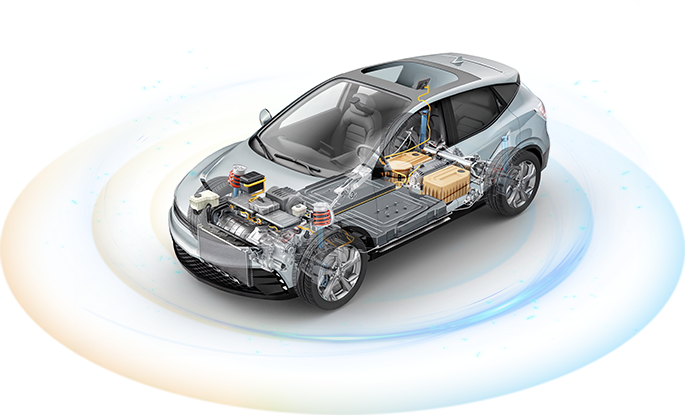
Automobiles are an important application field of sensors and the foundation for future automobile intelligence.
Vehicle sensors have the function of measuring and detecting information inside and outside the car, which is crucial for the systematic, standardized and safe operation of the overall functions of the car. Including powertrain control systems, vehicle control systems, body control systems, information and communication systems, and air quality system sensors.
When the car is running, each system will be in different working states, such as water temperature, oil temperature, intake air pressure, vehicle speed, throttle position, gear, air quality inside and outside the car, life left in the car, etc. These information cars are What cannot be read directly must be sensed by sensors, and then various types of light, electricity, temperature, pressure, time and other information can be converted into identifiable electrical signals for calculation and analysis to determine the operating status of the car.
The NDIR gas sensors, AQS air quality sensors, dust sensors, and pressure sensors developed by MFrontier can be widely used in traditional automobiles and new energy automobiles, including indoor and outdoor air quality, dust, refrigerant leakage, alcohol, and thermal runaway monitoring. Sensors ensure the health and safety of human travel.

In-car CO2 detection
In-car life survival monitoring
Thermal management system refrigerant leakage monitoring
Car interior/exterior air quality monitoring
Air pollution monitoring inside and outside the car
Exhaust pollution
PM2.5 detection
CO2 detection
In-car air quality detection


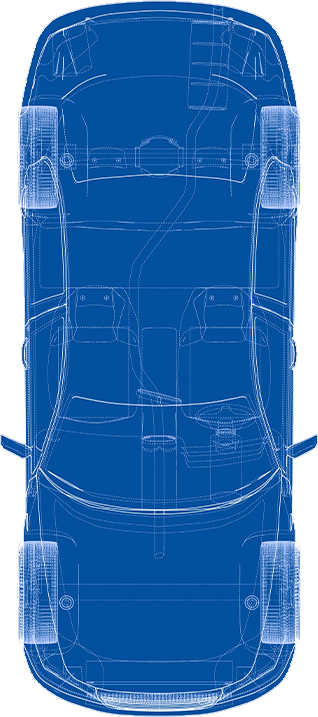
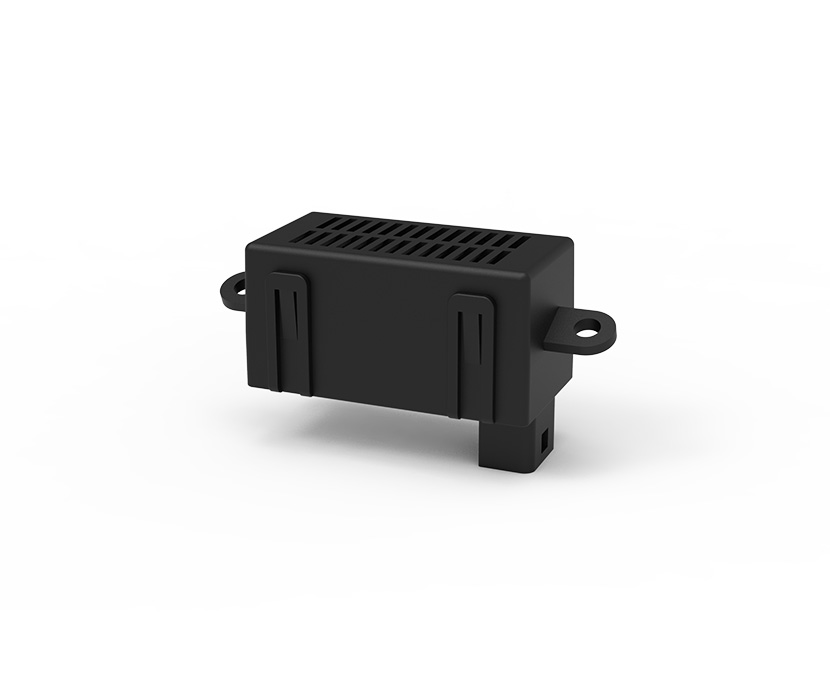
Vehicle CO2 sensor

In-car CO2 detection
In-car life survival monitoring
Thermal management system refrigerant leakage monitoring
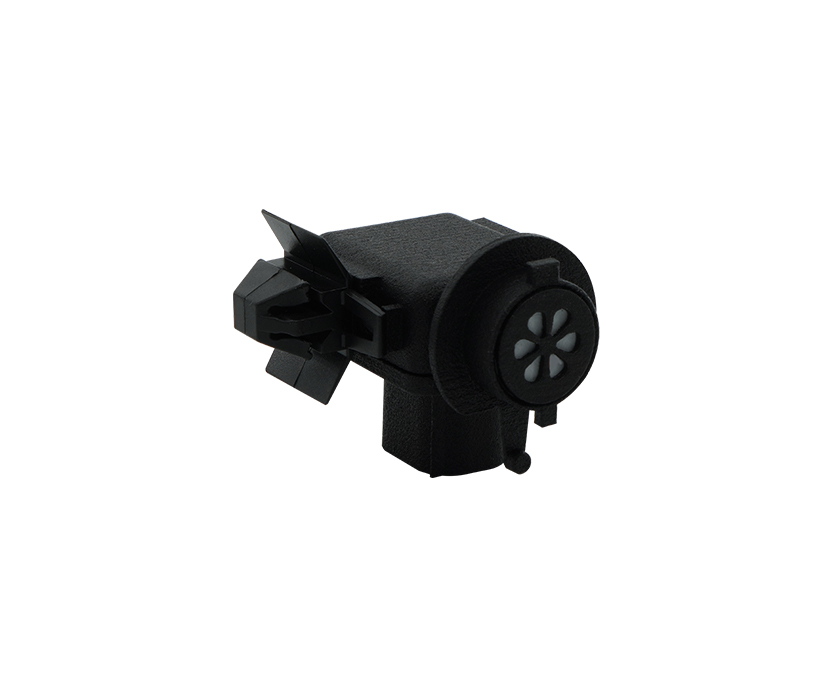
AQS air quality sensor

Car interior/exterior air quality monitoring
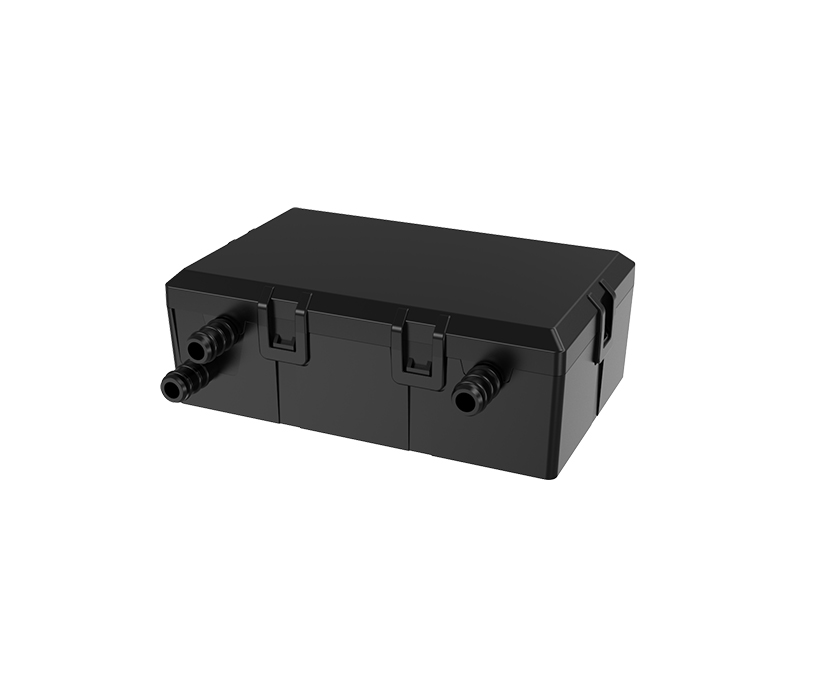
3 in 1 Vehicle sensor

Air pollution monitoring inside and outside the car
Exhaust pollution
PM2.5 detection
CO2 detection
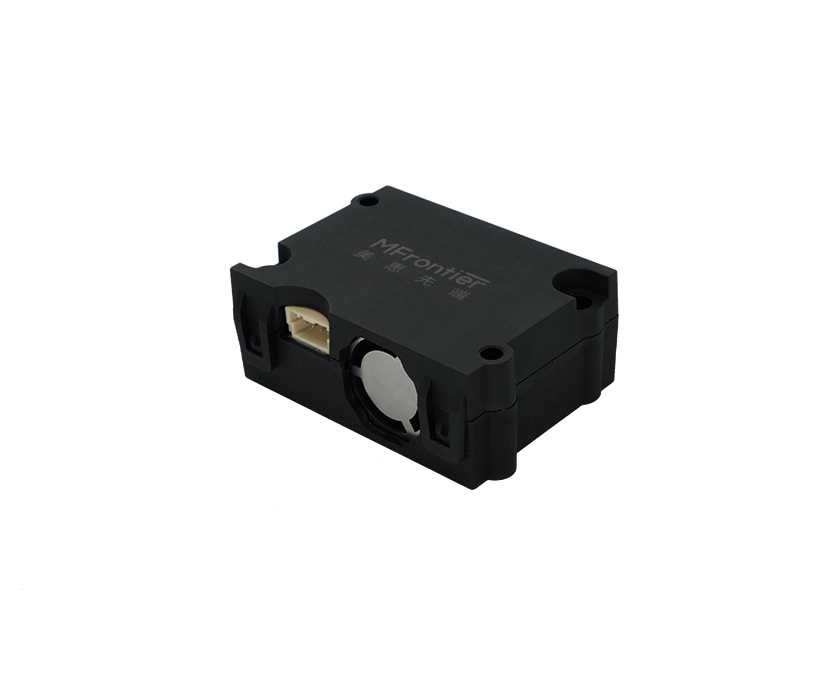
Vehicle PM2.5 sensor

In-car air quality detection
In reality, it is common for the concentration of carbon dioxide in cars to exceed 3,000 ppm. This value has greatly exceeded the national standard concentration, which greatly affects traffic safety and human health and requires great attention.
Using non-dispersive infrared (NDIR) technology to detect the CO2 concentration in the car, the air-conditioning system can determine whether it should involve outside air or circulate the air in the car based on the temperature, humidity and CO2 concentration in the car, and automatically operate based on the judgment. Thereby reducing carbon dioxide concentration and avoiding traffic safety and human health problems.
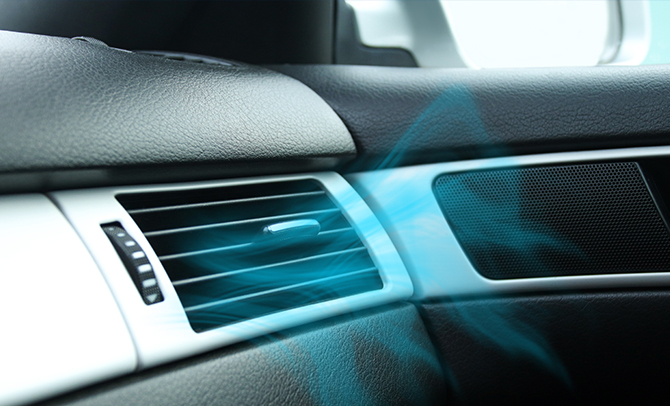
According to statistics from the KidsAndCars organization, in the ranking of non-traffic accident injuries to children in cars, the death rate from suffocation is much higher than other types. Due to their young bodies and weak safety awareness, children have little ability to save themselves once they are stranded in a car for a long time. High temperatures can easily lead to dehydration, heat stroke, shock, and in severe cases, death.
A study found that when the temperature reaches 35 degrees Celsius, the temperature in a closed car can rise to 65 degrees Celsius with 15 minutes of sunlight. Once the ambient temperature exceeds 40 degrees Celsius, the human body will suffer from heat stroke, which manifests as dizziness, weak pulse, increased heart rate, decreased blood pressure and other symptoms. In severe cases, it can take life.
There are currently some in-car environment detection and alarm devices, but most of these alarm devices do not consider whether the car is in a stationary state. The integrated multi-sensor identification and alarm system can not only determine whether a child has been left behind in the car, but also provide graded alarms for rescue according to the actual situation.

MFrontier has rich industry experience, provides customers with professional industry solutions